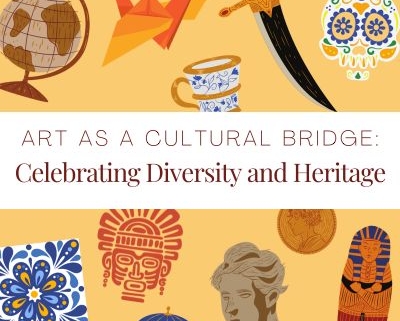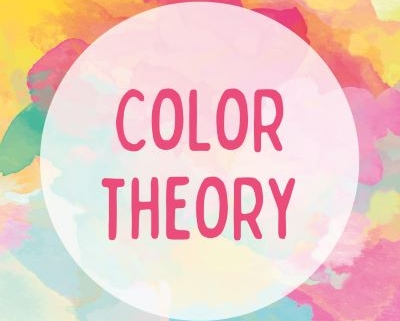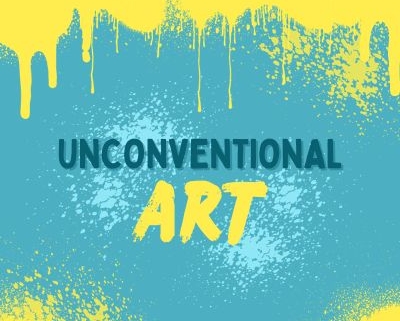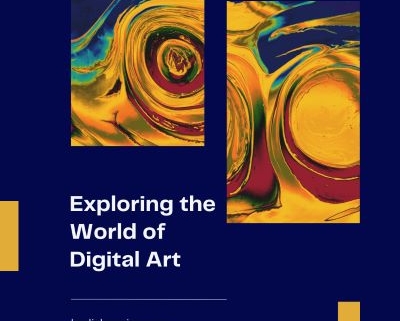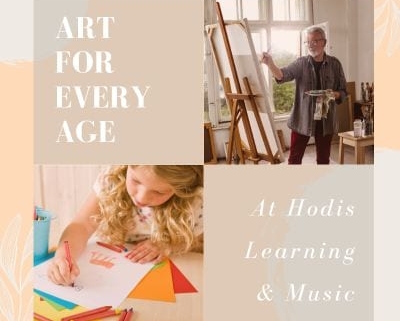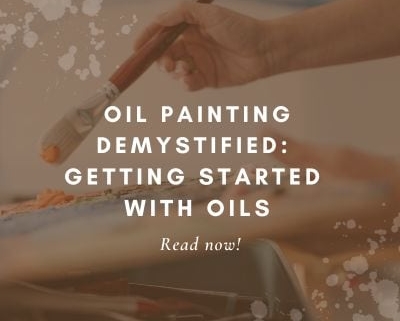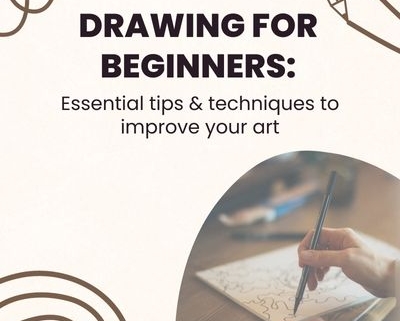The journey from being an artist to an art entrepreneur requires a delicate balance between creativity and business acumen. In this blog post, we will explore the exciting realm of art entrepreneurship and discuss the steps to transform your passion into a profitable venture.
1. Identify Your Niche
The first step on the path to art entrepreneurship is identifying your niche. What sets your art apart from others? Whether it’s painting, sculpture, digital art, or any other form, finding your unique voice is crucial. Understanding your style, themes, and preferred medium will help you stand out in a crowded market.
2. Build a Brand
Once you’ve honed your artistic identity, the next step is building a brand around it. Your brand is more than just a logo; it encompasses your story, values, and the emotions your art evokes. Develop a consistent visual identity for your brand, including a logo, color palette, and a compelling artist statement. This will help potential customers connect with you on a deeper level.
3. Create a Strong Online Presence
In the digital age, having a robust online presence is essential for any aspiring art entrepreneur. Set up a professional website to showcase your portfolio, provide information about your artistic journey, and offer a platform for potential buyers to contact you. Utilize social media platforms to share your work, engage with your audience, participate in relevant communities, and even sell your work. Explore the advantages and disadvantages of selling your creations through your own website versus an e-commerce storefront like Etsy.
4. Diversify Revenue Streams
While selling original pieces is a primary income source, successful art entrepreneurs often diversify their revenue streams. Consider offering prints, merchandise featuring your art, or even digital downloads at different price points. Social media can also be a way to build your audience while also making money from advertising revenue or collaborations.
5. Price Your Art Thoughtfully
Determining the right pricing strategy for your art is a crucial aspect of art entrepreneurship. Consider factors such as the time invested, materials used, and the emotional value of your work. Research the market and be realistic about your pricing to attract potential buyers while ensuring you are compensated fairly.
6. Build a Network
Networking plays a vital role in the success of any entrepreneur, and the art world is no exception. Attend art events, exhibitions, and connect with other artists and industry professionals. Collaborations can lead to new opportunities, broaden your audience, and provide fresh perspectives on your work. Networking can also help you find galleries to display and sell your work, or even potential buyers.
7. Hone Your Business Skills
Transitioning from artist to art entrepreneur requires embracing business skills. From financial management to marketing strategies, understanding the business side of your creative venture is essential. Consider taking workshops or courses to enhance your entrepreneurial skill set.
Conclusion
Art entrepreneurship is a rewarding journey that allows you to share your passion with the world while sustaining a profitable business. By identifying your niche, building a strong brand, establishing an online presence, diversifying revenue streams, thoughtful pricing, networking, and embracing business skills, you can turn your artistic passion into a thriving entrepreneurial venture. Remember, the key is finding a balance between creativity and commerce, allowing you to enjoy both artistic fulfillment and financial success.
To take your art skills to the next level or prepare for your venture into art entrepreneurship, contact Hodis Learning & Music. Call (626) 227-1149 or email us to get started today.


